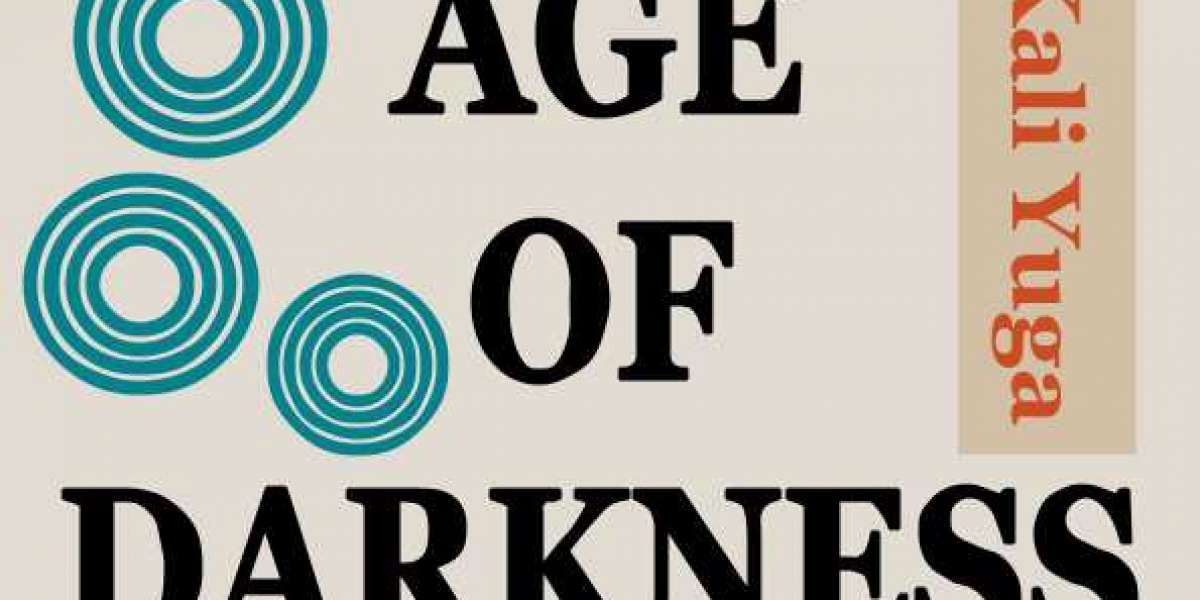In 1982, RS Sharma put forward the Kali Age crisis. The idea of Kali Age is found in the Vishnu Purana and Vayu Purana. The associated descriptive details such as the disturbance in the system of 4 fold varnas as evidenced by the upward mobility of the Shudras insubordination of women , spreading influence of ‘heretical sects’, and precedence of wealth or economic competence over ritual status, among others, resulting in the ideal Brahmanical socio-political order being turned upside down, have been construed to varna/caste tensions, degradation, and decadence of the early historical society. The Kali Age crisis theory is adduced to explain the phenomenon of land-grants as well as the transition from early historical to early medieval times, in terms of intensification of internal contradictions within the earlier society, especially in Northern India. People, in this period, are not abiding by their assigned duties. This theory had welcomed many criticisms by scholars- Harbans Mukhia, Hermann Kulke, BD Chattopadhyaya etc. There are various inscriptions contemporary to the period that talks about preserving the varnashrama and ending the Kali Age. For example, references to removal of stains of the Kali Age in the “Changing Gaze by BP Sahu”
- Samantha Varman- early eastern Ganga family in Orissa claimed to have removed the stains of Kali through their worship of Gokarnasvamin.
- Removal of evils of Kali is attested in the Jayrampur plates of Achyuta, the mahasamanta of Gopachandra of Bengal.
- Midnapore plates of Somadatta
- The Patialella plate of Sivaraja
- The Puri plate
- The Hindol plates of Subhakara II
- Records of Dandi Mahadevi and Dharma Mahadevi
The references to Kali age in the inscriptions seem to fall into disuse and mostly go out of circulation from around the middle of 10th c, coinciding in some measures with the consolidation of Somavamsi rule and first efforts towards the creation of a regional polity.
The references to the Kali are usually juxtaposed with the virtue and purity of the King. many rulers presented as vanquishers of the Kali as well as patrons of Vdeic-sacrifices. The imagery of Kali thus has to be understood not in isolation but in relation to the other carefully constructed courtly images of Kingship and ideology.
The problem with this theory was pointed by opponent scholars that “ the four yugas mentioned in the puranas are not considered by the historians on the ground that these are cosmological categories of time.” Then how come the Kali Age is accepted as a historical period? Then many questions would arise about other yugas as well.







